ARTISTIC VOICES - Interview with Hristina Šormaz (circusnext supported artist)
As part of its new project, CS VOICES, Circostrada aims to continue and deepen the synergies established with fellow institutions and European peers during the previous project, CS BODY/IES, through the publication of an article written by artists who have received support via an ARTCENA, circusnext, IN SITU or Perform Europe scheme.
This time, discover the work Hristina Šormaz, a contemporary circus artist, finalist of circusnext, a European platform dedicated to identifying and supporting the next generation of contemporary circus creators. In this interview, Hristina Šormaz reflects on her interdisciplinary journey from scenography to aerial rope, her eco-conscious creative process, and the relationship between body, matter, and space.
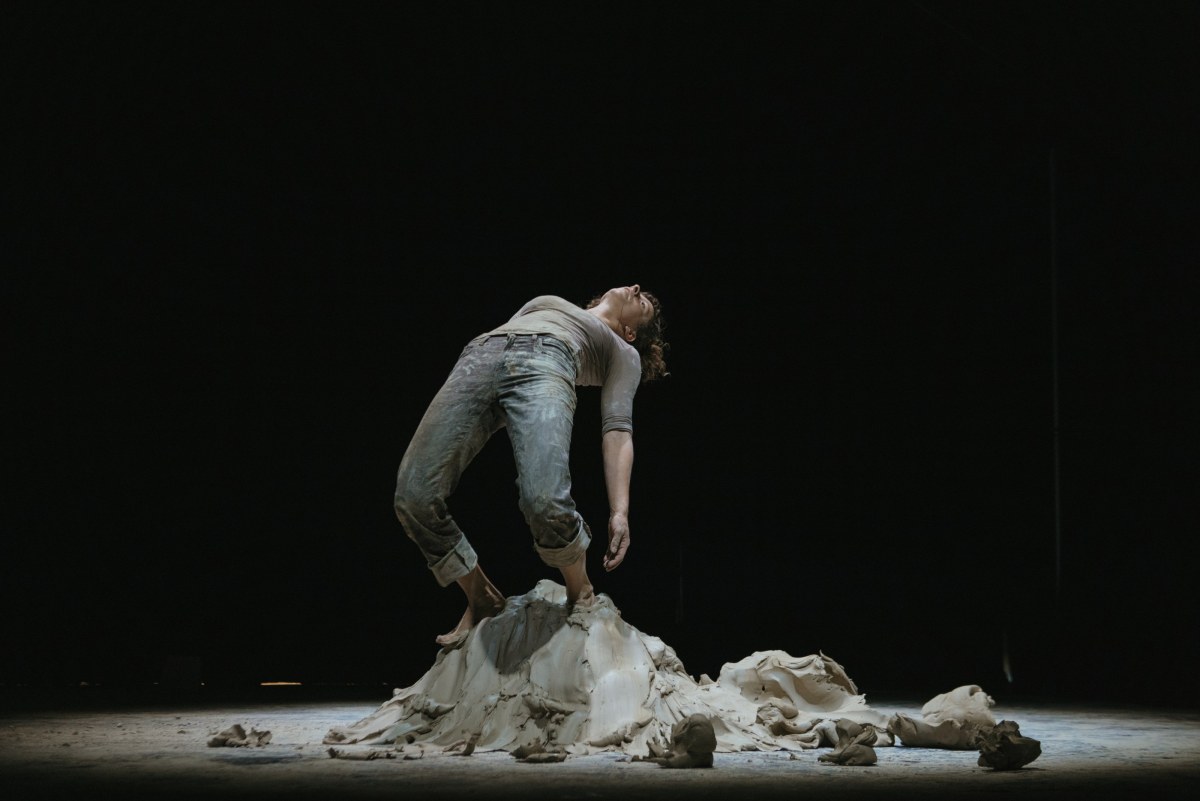
Your journey from studying scenography in Serbia to embracing aerial rope and contemporary circus reflects a unique fusion of spatial awareness and physical expression. How has this interdisciplinary background influenced your artistic approach?
During my scenography studies, I quickly became particularly interested in its functional and dramaturgical role within a performance, rather than purely its aesthetic or decorative aspects, although these characteristics are constantly intertwined. When I discovered contemporary circus, it was the utilitarian aspect of scenography that intrigued me. Circus largely allows for continuous interaction between space, objects, and performers. While I worked solely as a scenographer, the creative process often involved generating numerous ideas and gradually discarding them until I arrived at something dramaturgically precise. But through circus, I followed a reverse trajectory: I started from the body, the apparatus, and the characteristics of the space; other scenic elements were introduced in response to the needs of the performance.
As a scenographer, I usually entered a space with the idea of making visual interventions using different materials. I would analyse the space in terms of what defines it—walls, levels, and passages. Through circus, these boundary-defining elements of space became more porous, thanks to the dimension of bodily movement and its undeniable power to animate and even transform space. A contemporary circus artist, in interaction with space, can make spatial limitations elastic, and they become a space of expression. Aerial acrobatics opens up this new, vertical dimension of movement. A strong and vital relationship is automatically created between the artist and the apparatus, as it is precisely this object that gives rise to new possibilities and a palette of motions that would not be possible without it. In this practice, human trust in material is essential. The physical act of holding onto an object at great height and above empty space illustrates the intimate relationship between two joined bodies.
Disciplines that involve working with an apparatus offer fertile ground for observing the relationship between human and matter. I think it’s important to remain aware of this through physical and artistic practice, and to consider how it is presented in performance. In today’s society, this relationship is often presented through the dynamics of power and human control over matter, and we can easily fall into the trap of reproducing this same dynamic through contemporary circus. One way to counter such representations is to give more space to matter, aiming for a horizontal dialogue and physical exploration between equal agents, and allowing oneself to be influenced by the environment and external impulses. The relationship with the object is emphasised because it defines the circus discipline and fundamentally shapes the development of its artistic language. I like to consider the rope as my partner, with whom I am in constant dialogue and interaction, and I also strive to remain conscious of the entire space.
In research, we can often become enclosed in that intimate dialogue with the apparatus, which limits bodily expression and spatial awareness. I consider how space influences the work, and how movement inscribes itself within space. Here, I refer to the stage space, but also to the auditorium, where the decision about the relationship with the audience also defines our physical presence and expressivity, and our relation to yet another spatial layer.
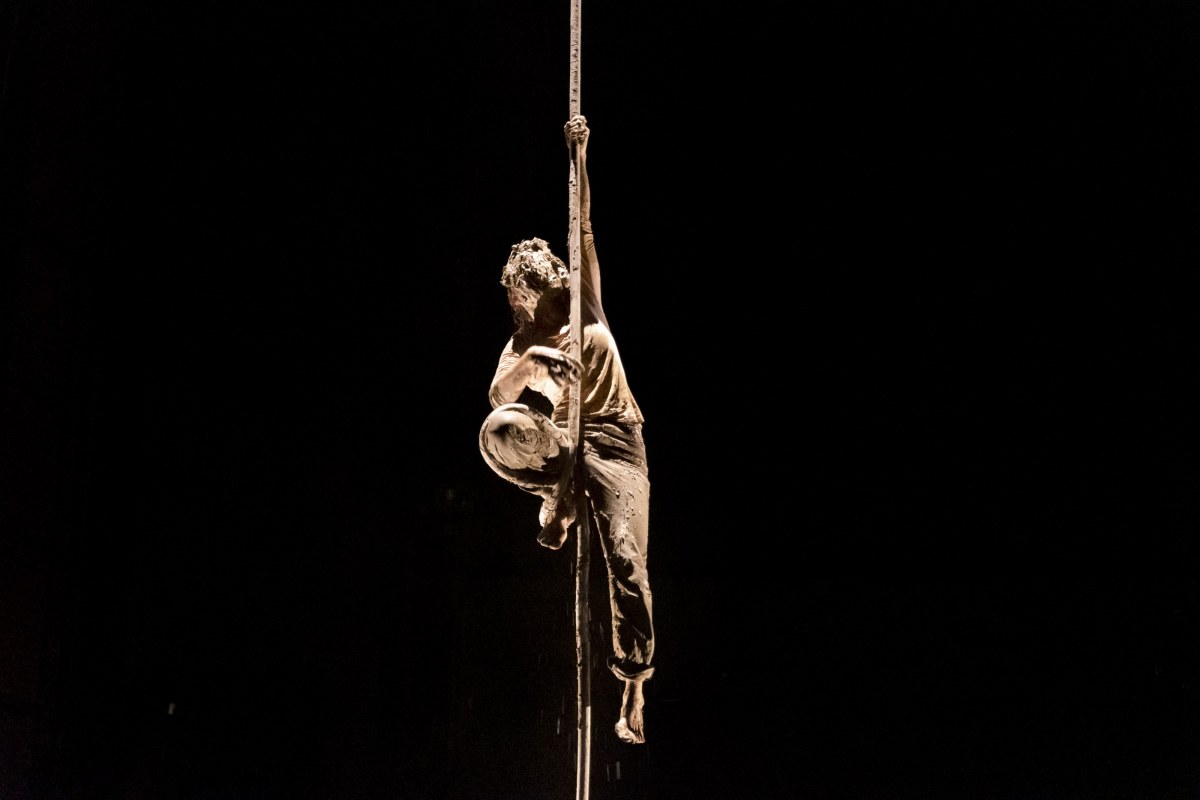
Your performance Traces explores the human imprint on the environment through a dialogue between body, matter, and space. What do you hope the audience takes away from it?
The idea behind this creation was to use this dialogue to transform stage landscapes, evoking scenes of conflict, destruction, and exploitation, but also harmony, care, and balance. This idea was inspired by the experience of how humans relate to their environment and to matter, as well as by a desire to pursue alternative narratives—ones that lead toward a more horizontal relationship. I also wanted to express how matter and humans shape and influence one another. Throughout the process, I didn’t want to impose pre-conceived images, but rather be guided by the impulses of the matter. This resulted in the creation of scenes that convey the intention behind the mentioned themes without moving into full illustration or explicit narrative, thereby leaving them open to audience interpretation. I discovered that the audience was indeed perceiving the intended themes, but that each person filled in the imagery based on their own experiences and surroundings. I didn’t want to take on the role of a moral spokesperson—especially considering that I, too, am part of a society that leaves such a visible mark on the environment. Instead, I wanted to share my impressions and experiences, simply aiming to open up space for reflection and conversation on these subjects.
Another important topic was the question of time. The performance often unfolds in a slow, contemplative rhythm. This was an artistic choice—to create contrast with the fast pace of contemporary life—but it was also dictated by the nature of clay itself. This constraint led me to reflect on the human, linear experience of time and to ask what the passage of time means for matter. I find this question compelling when viewed through the audience’s experience—the flow, rhythm, and elasticity of time that can emerge during the collective experience of a performance.
Sustainability is integral to Traces. Can you elaborate on your eco-conscious artistic choices-both in materials and in process?
The choice to use clay was an artistic decision, but also because it’s a natural material that can be endlessly recycled. From nearly the beginning of the process, I’ve been using the same clay. I mainly source it from a small producer in Serbia who handles the entire process. One part was donated by the Terra Museum (near Kikinda, in Serbia)—it was previously used clay that we re-mixed. There were situations when I had to purchase from larger industrial producers, but I generally try to avoid this kind of sourcing.
A major challenge was figuring out how to store the material. I was wrapping it in cotton fabric, but due to the space conditions, the fabric and clay began to mold. I started to store it in plastic, always using the same ones. I faced a similar issue with protecting the spaces I work in. Plastic turned out to be the most practical solution, as it protects the floor from clay, dust, and water. I mostly use pre-existing tarps in the spaces, and I have my own protective covering that I travel with. Still, this image and material use raised a significant inner conflict. The presence of plastic had a strong impact on the visual and artistic aspects of the research, as well as on my thinking about the environmental impact of the performance. It became part of the overall spatial and scenic image, so I began leaving the “plastic expansion” of the stage visible during presentations. The amount of used plastic testified to the traces of the creative process, and I wanted to make it visible and accessible to the audience. This spatial solution is still not finalised—it continues to transform throughout the process. As for logistical decisions, we try to ensure that residencies last at least two weeks, or that we have multiple residencies along the same route. In addition, we try to share transportation by van, while the travel of the rest of the team is shaped by personal rhythms and the specific conditions of each residency or presentation.
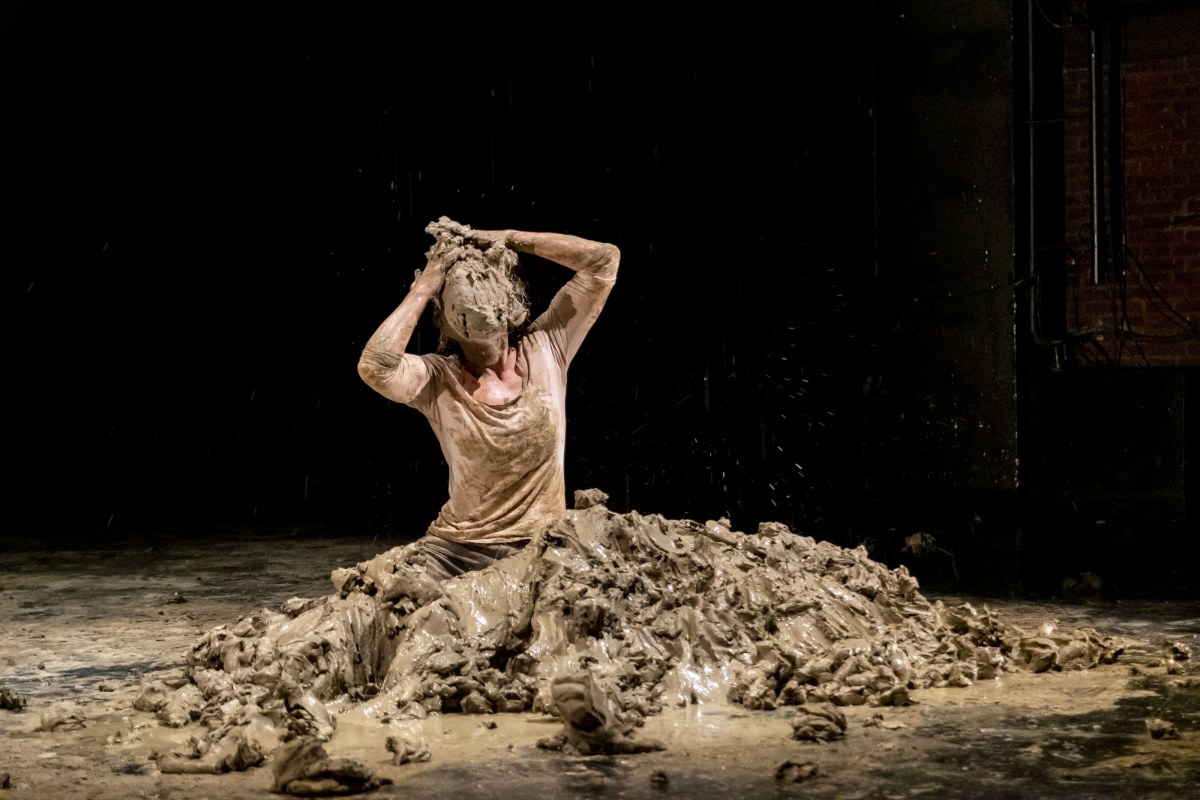
You were selected as a finalist of circusnext1, a platform that supports emerging voices in contemporary circus across Europe. What did this experience bring you-artistically, structurally, or personally-and how has being part of it has influenced the evolution of Traces or your broader practice?
Being a circusnext finalist had a significant impact on my work. When I applied, I was at the very beginning of the creation and production process. I had no structural, financial, or residency support. Being shortlisted allowed me to initiate the creation—it provided my first financial support and enabled several residencies at venues hosted by members of the platform. What was especially valuable was the opportunity to do residencies in different countries, with some collaborations still ongoing. This allowed me to step outside the usual work circle in the Balkans and to share work from this region with artists and professionals from across Europe. It also gave me access to good technical working conditions, which are not always a given in our context, as there are very few places for circus creation. All of this certainly influenced my artistic work, as I believe that the environment and the people with whom you share your process shape the final piece.
1 circusnext leads and coordinates the only circus platform project supported by the European Commission which gathers 24 member venues from 15 European countries. They cooperate together to identify emerging authors who generate unique and original circus creations, and to support them in the making and circulation of their works. More information on https://circusnext.eu/
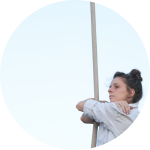
Hristina Šormaz began practicing circus and focusing on aerial rope while studying scenography in Serbia. She trained as an artist through non-formal education, artistic collaborations, and masterclasses in contemporary circus and dance. Exploring various physical practices became a way for her to question human relationships with the environment and society, leading her to engage in circus-driven artistic, pedagogical, and social work. She has been pursuing doctoral studies in scene design, investigating the use of space and matter from a circus perspective. In 2025, she completed her studies with the thesis The Search of Non-Anthropocentric Narratives – Scene Design Artwork, and the performance Traces.



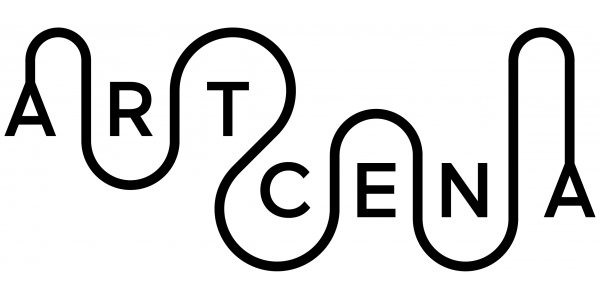

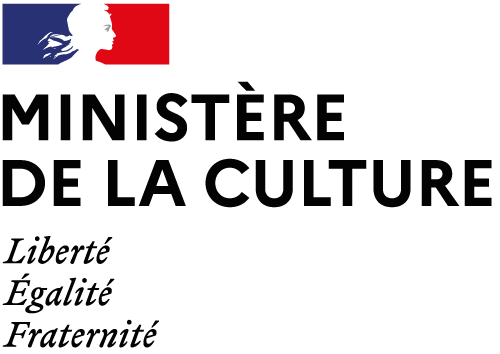
write us: infocircostrada@artcena.fr